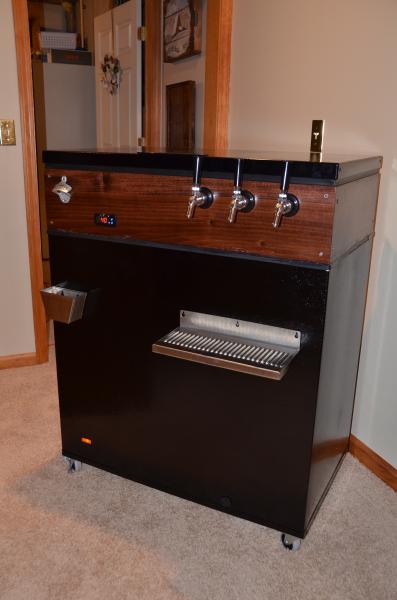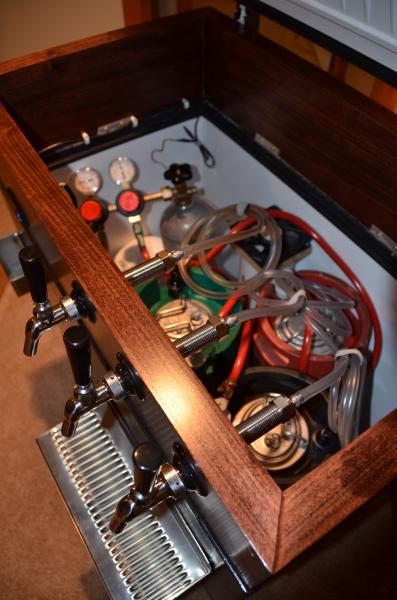DariusFresh
Active Member
I had another moisture management question for you guys. I use an evadry500, but still get some water pooling up in the corners of my freezer, because I'm still using cobra taps, and have to open it often. Is there any harm in putting a silicon bead along all of the interior paneling joints in the freezer? There isn't enough water to really case a problem, but I don't want it seeping into the joints over time.


















![Craft A Brew - Safale S-04 Dry Yeast - Fermentis - English Ale Dry Yeast - For English and American Ales and Hard Apple Ciders - Ingredients for Home Brewing - Beer Making Supplies - [1 Pack]](https://m.media-amazon.com/images/I/41fVGNh6JfL._SL500_.jpg)













































